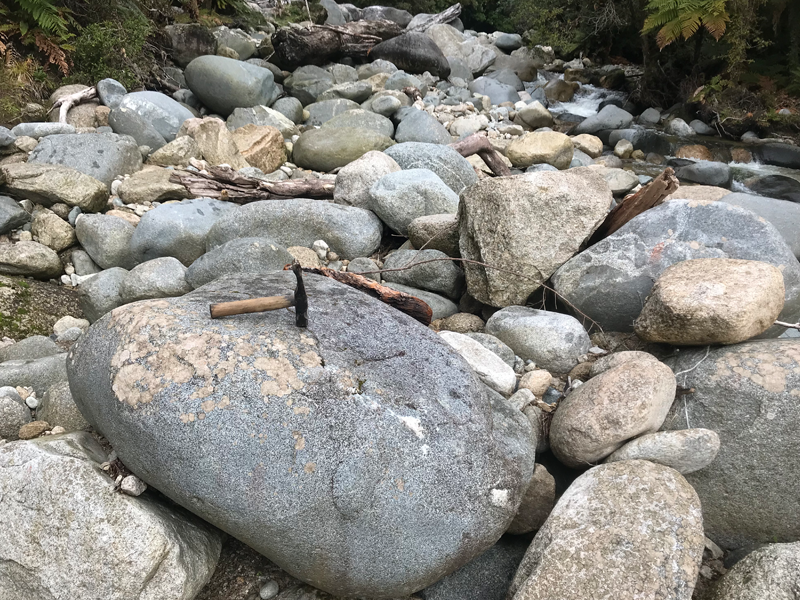What is mined on the West Coast?
Mining is the process of extracting minerals from their natural state at ground level, or below the ground surface.
People have been extracting and using the mineral resources of the West Coast since the earliest humans arrived in the region 700-800 years ago (shortly after the Polynesian ancestors of Māori discovered New Zealand).
Historically and up until today, these minerals have included pounamu/greenstone, serpentine, gold, coal, limestone, schist, and rock, gravel and sand.
A newer generation of prospectors, explorers and miners are actively developing an export industry based on mining the West Coast’s long-known but until now untapped heavy mineral coastal sand resources, which contain garnet, ilmenite (which contains titanium), and rare earth elements.
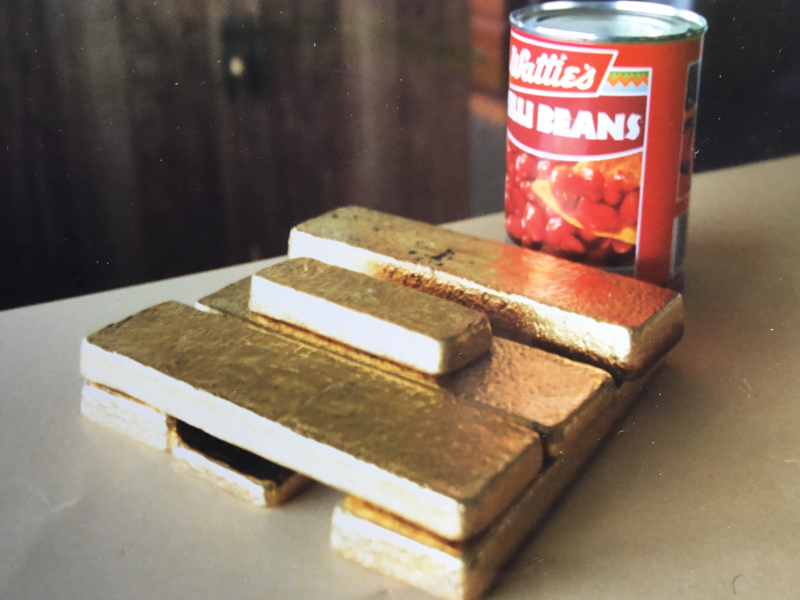
Pounamu (greenstone) was the first of all minerals humans discovered, used, and traded on the West Coast.

The value early Māori placed on this resource is reflected in what became the name of the entire South Island, Te Wai Pounamu, which literally translates as the waters of greenstone.
The West Coast itself is known as Te Tai Poutini, or The Tides of Poutini, named after a taniwha (whose name is Poutini) and who is the guardian of the West Coast and its greenstone (the story of Poutini and pounamu can be read here).
Pounamu has had many applications since its initial discovery about seven centuries ago. From that time this tough and beautiful stone was prized for its applications in tools, weaponry, jewellery, and ornaments.
By the late 1300s Māori were sourcing and trading pounamu throughout the North and South Islands.
Through their knowledge of the pounamu resources, the West Coasters of the day developed trading routes across the Southern Alps, and knowledge of other minerals such as gold and coal, and they were in effect the first prospectors, surveyors, and miners in te Tai Poutini.
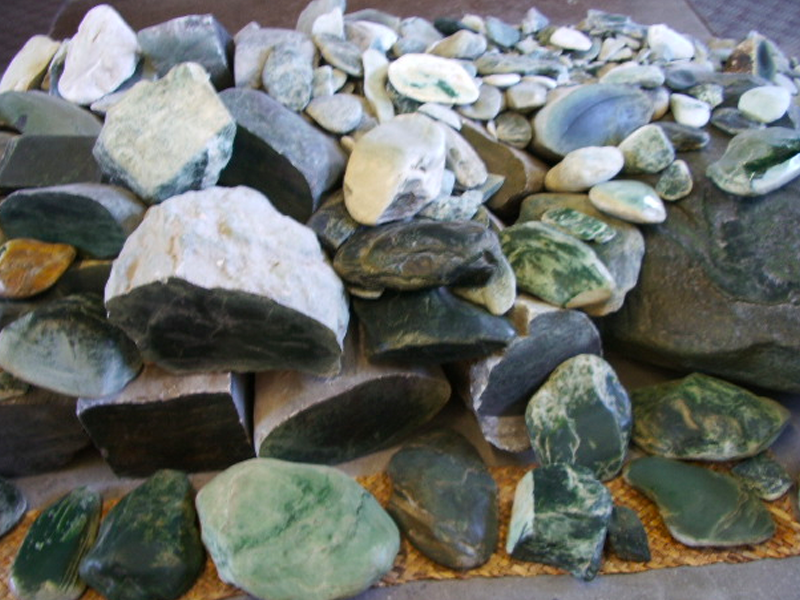
Today pounamu is produced largely as a by-product of alluvial gold mining, whereby boulders and loose rocks are recovered from alluvium which otherwise bears gold. This is done under agreements between miners and Ngāi Tahu, who own all naturally occurring pounamu in New Zealand, as well as many blocks of plantation forestry land where mining occurs after the felling of pine trees and prior to replanting.
Alluvial gold mines vary in size depending on the quantity of gold found, and the depths at which it is found.
Some alluvial gold mines may only require one to two people; others employ up to 20, or even more. They tend to operate on private farmland, areas of pine forestry as discussed, and on areas of previously mined public conservation land.
The need for large machinery, resource consents, land access, and other permissions means alluvial gold mining does require substantial investment, but still at a small enough scale that the majority of West Coast operations are locally owned and operated.
The original West Coast Gold Rush lasted from 1864 to 1867. And gold mining still continues to this day.
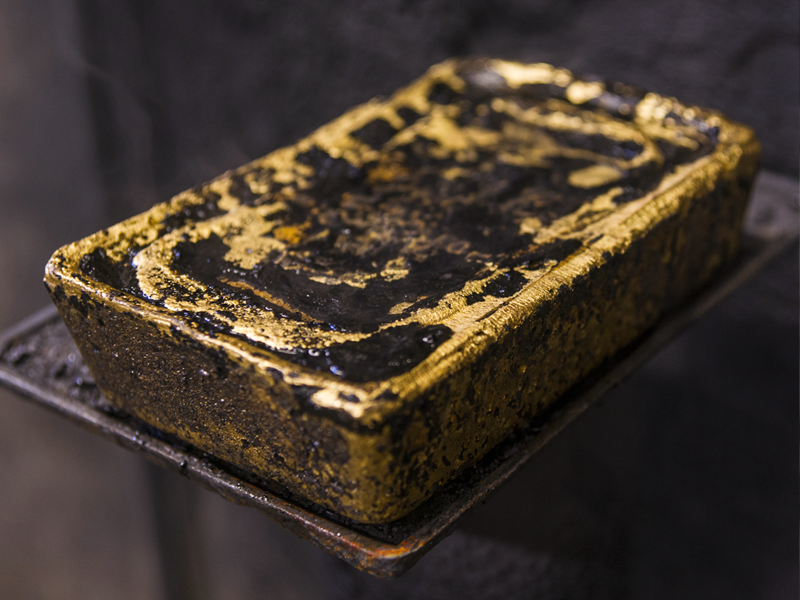
Gold has been mined in large quantities on the West Coast historically as far north as Karamea and as far south as Gillespie’s Beach near Fox Glacier, and from high in the mountains out of the quartz reefs of Reefton (or Reef town/village), down to the fine gold of the river gravels and beach sands freed from the mountains by weather and time, and accumulated on the outwash plains.
Gold is predominately mined either from alluvial or hard rock deposits, either at surface level via open cast methods, or underground mining.
Gold is predominately sold into the financial sector (as a private investment or as a store of value for central banks and financial markets) and also for jewellery, electronics, chemistry, and in medical technology.
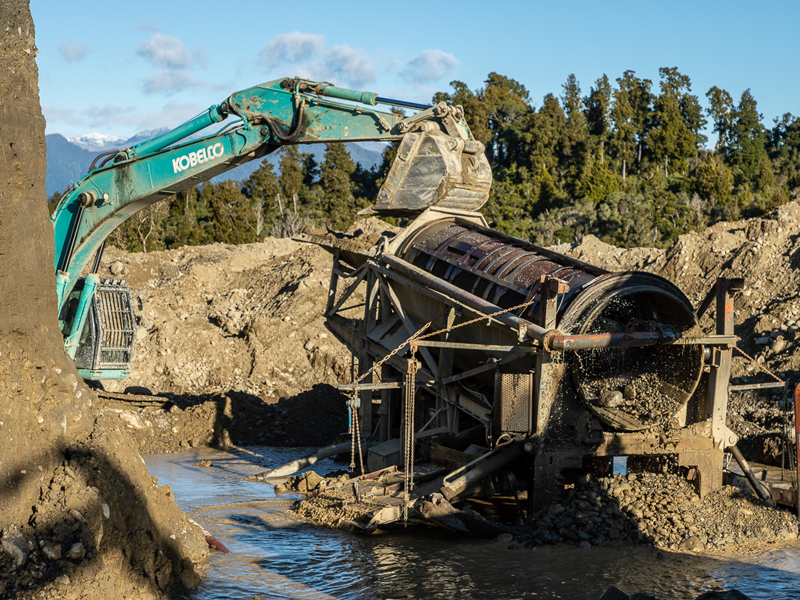
Coal has been produced in larger quantities on the West Coast than in any other region of New Zealand, in total about 142,000,000 tonnes since coal mining began in the 1860s.
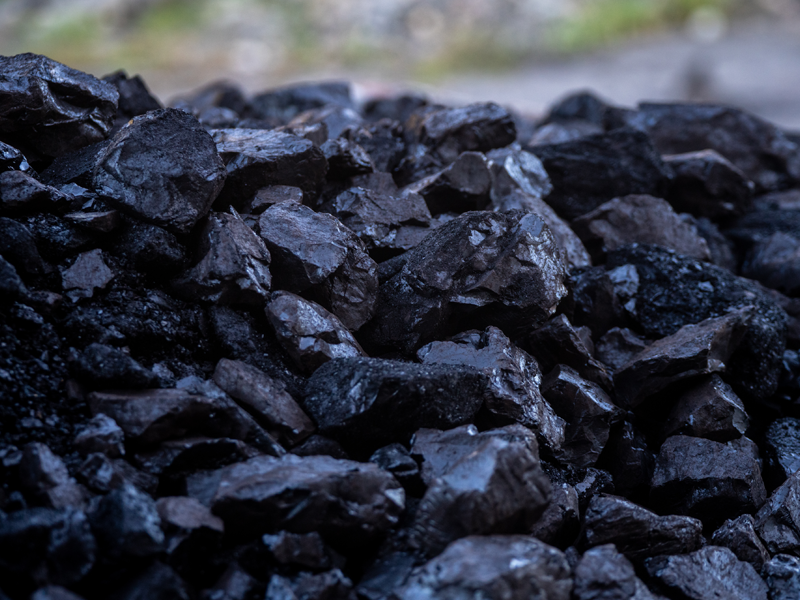
The vast majority of West Coast coal over time has been won from underground mines, but in modern times open-cast methods have become the norm.
There are many different types of coal resource, classified according to grade or rank, from the lowest-grade peat, to low-carbon lignite, through to sub-bituminous coal, bituminous coal, and then anthracite, and, ultimately, graphite.
The West Coast’s coals span the sub-bituminous to anthracite spectrum, while the bulk of deposits and historically mined coal sit at the bituminous rank.
Sub-bituminous coal is also referred to as “thermal coal” for its use as an industrial or commercial fuel, while bituminous coals are also called “metallurgical coal” or “coking coal” for their use in steelmaking.
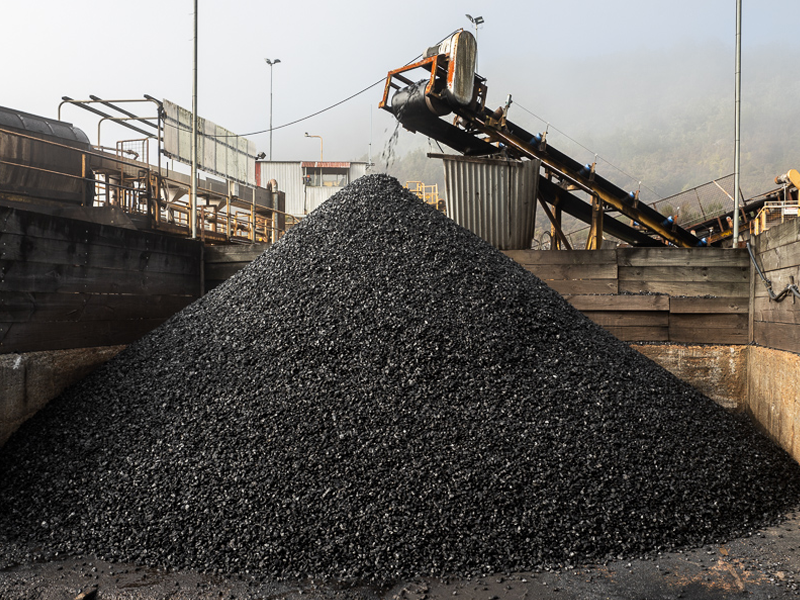
West Coast thermal coal is sold to customers throughout the South Island, to process milk into powder, as well as butter, cheese, and other products, also to freezing works or abattoirs, and hothouses that grow vegetables such as tomatoes, cucumbers and eggplants all year round.
Some coal is also used to process limestone into calcium oxide and hydroxide for water purification or treatment, and for drying crushed limestone for pasture soil conditioning, and to a lesser extent for space heating in hospitals, schools, and universities.
Coking coals produced on the West Coast are exported to international markets for use in steel production, and also the manufacturing of silicon metal, and carbon fibres.
To read more about coal in steel production, click here.
Garnets are a group of silicate minerals that have been used since the Bronze Age as gemstones, and more recently as industrial abrasives.
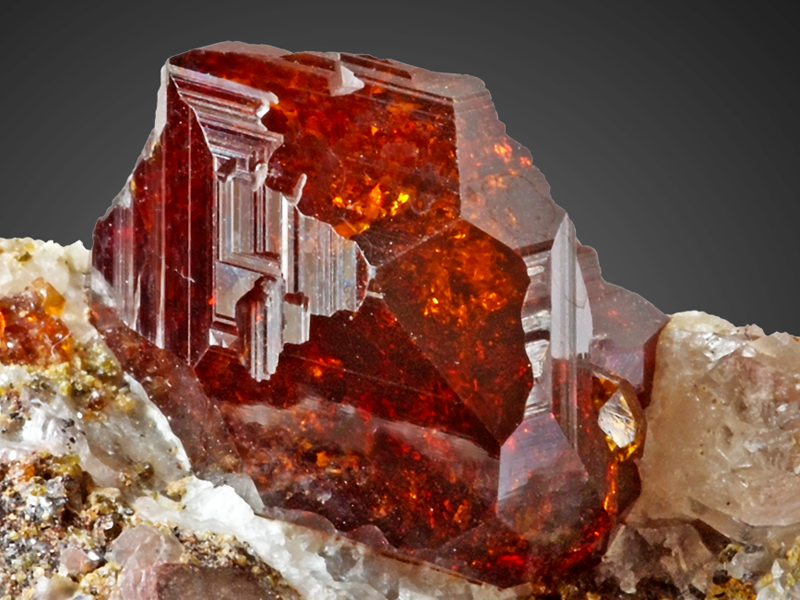
Garnet deposits occur in large quantities along the West Coast, in particular, near Westport, the Barrytown flats, near Ruatapu south of Hokitika, and as far south as Hunt’s Beach in South Westland. Garnet resources often occupy the same mineral sands that bear highly sought-after ilmenite (see below).
Historically used as a gemstone (people have known of the mineral since the days of the Roman Empire), garnets are a mineral in crystal form, red, but can be found in a range of colours. The West Coast garnets tend to be black.
Today garnet is widely used as an industrial mineral, its hardness lending itself to use in sand blasting, waterjet cutting and sandpaper, having the additional benefit of being much safer than silica-based abrasives no harmful dust is produced when garnet is mined or used.
Garnet resources on the West Coast are found as placer deposits.
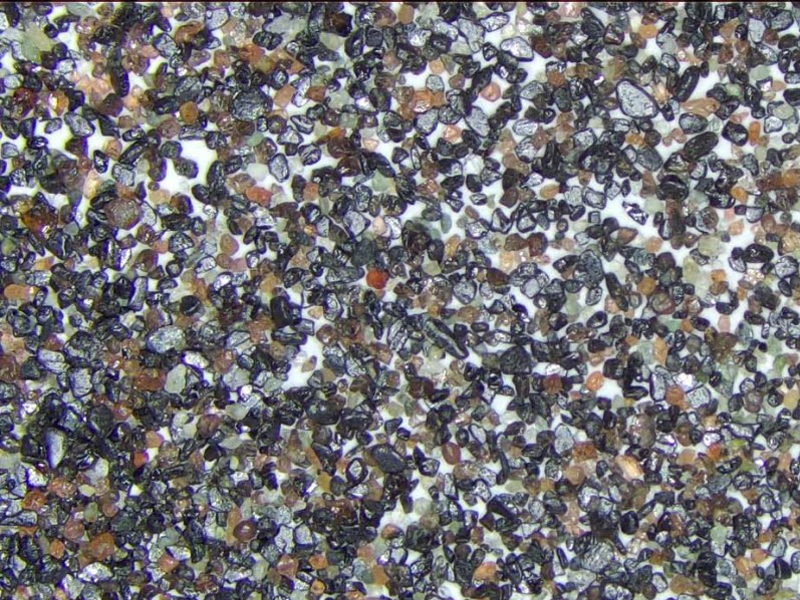
Ilmenite is a titanium-iron oxide mineral. It is a weakly magnetic black or steel-grey, crystalline solid.
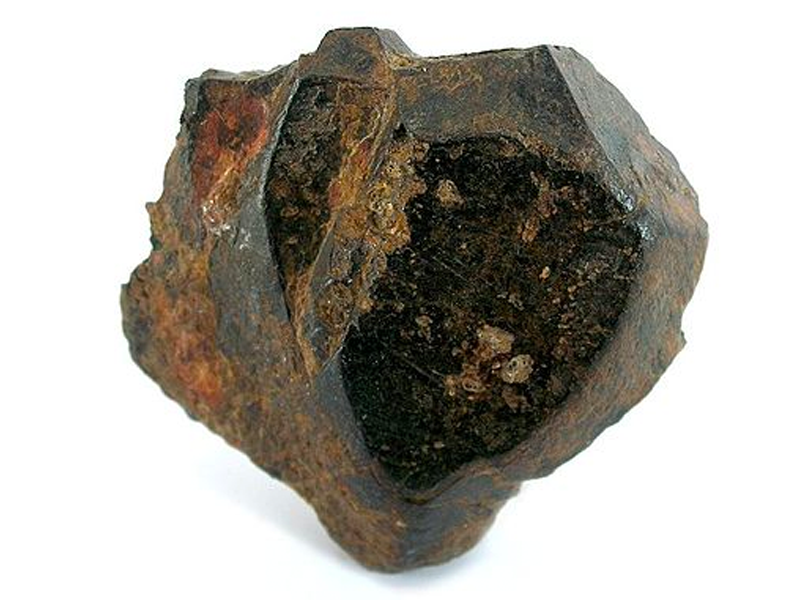
Ilmenite is a titanium-iron oxide mineral. It is a weakly magnetic black or steel-grey, crystalline solid.
Titanium-bearing ilmenite occurs in many of the same heavy mineral sand deposits as garnet and can be found in coastal sand deposits along the 320 kilometres between Karamea in the north and Bruce Bay in the south.
The titanium dioxide portion of ilmenite is used worldwide for whitening in pigmentation and coatings for everyday products such as paints, printing inks, fabrics, plastics, paper, food, sunscreen, toothpaste, and cosmetics.
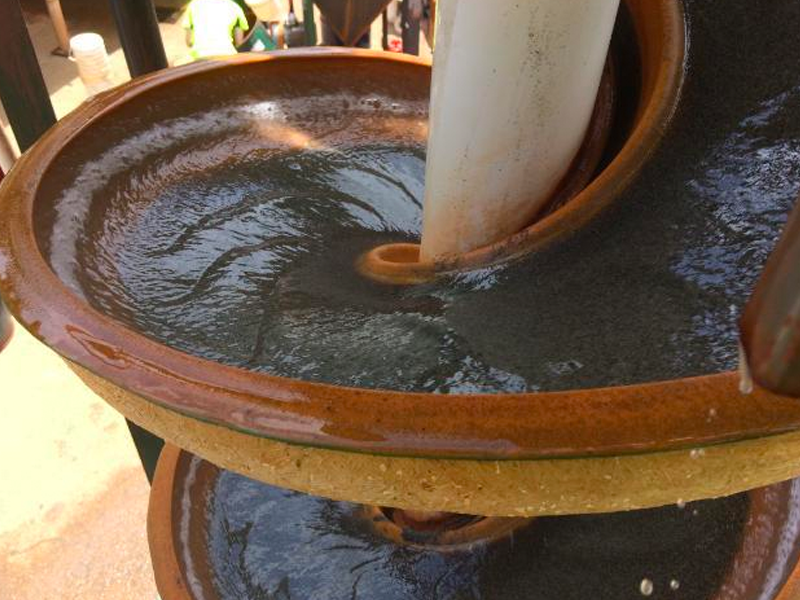
The rare earth elements are a set of 17 nearly indistinguishable lustrous silvery-white soft heavy metals.

Placer deposits of rare earth elements have been found in trace quantities within unusual minerals such as monazite, thorite, uranothorite, xenotime, and allanite in the same heavy mineral sands that host ilmenite and garnet. The largest deposits occur in the heavy mineral sand resources of Westport and Barrytown.
Along with garnets and ilmenite, the REE-bearing minerals have not been mined or processed commercially to date. A new look at the West Coast’s garnet and ilmenite resources, is also investing in research into the economic recovery and processing of REE-bearing minerals to produce a concentrate for export. Domestic processing is also a possibility, but further work needs to be done to determine the viability of doing so.
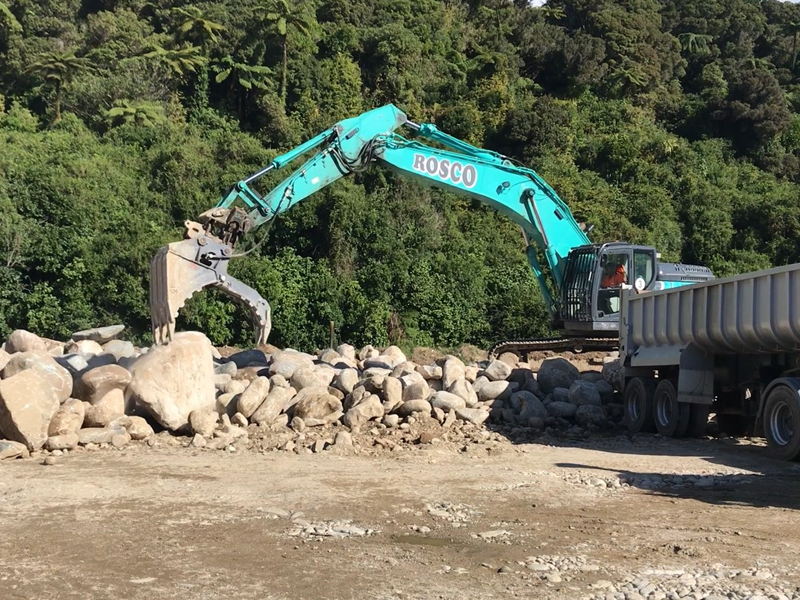
Non-metallic minerals produced in bulk on the West Coast include limestone (used for conditioning pasture soils, and landscaping), gravels and other aggregates used for roading, construction, and infrastructure (including for flood protection), and schist used in building, construction, landscaping, and as decoration stone.
